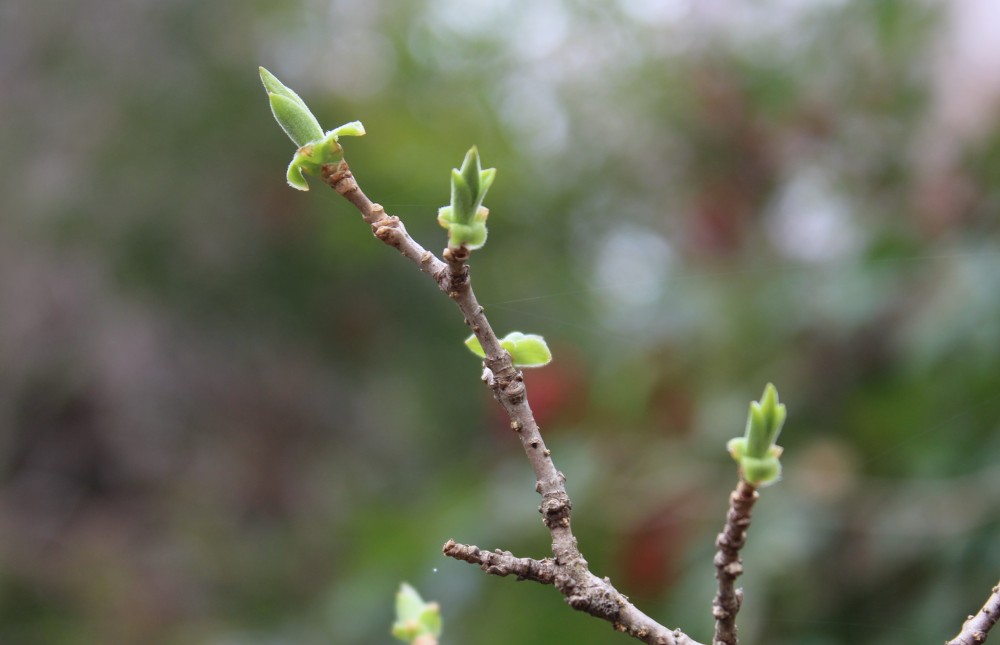Saturday morning update –
Temperatures dropped below twenty degrees overnight, but surprisingly, no damage to flowers is evident this morning. I expected magnolia (below) and camellia flowers to be most vulnerable, but even these escaped damage. It is likely that flowers that have fully opened are more susceptible to cold injury, so other gardens might not be so fortunate. Also, no damage was seen on early leaves of hydrangeas and lilacs. Tonight, temperatures are forecast to be a few degrees colder, so one more day until the worst is past.

Happily, I report no damage from the first cold night following the recent extended period of late February warmth. While a day or two of mild temperatures is not unusual for this period, repeated days in the sixties and seventies are not typical, with the result that many trees and shrubs are flowering (or beginning to flower) earlier than usual. But, not much earlier, so little damage is expected other than possibly to early flowering magnolias (‘Dr. Merrill’ magnolia, below) that are at risk of injury to blooms by freezing temperatures in any late winter.
I hear reports that lilacs have broken bud (below), and the most significant harm might be to trees and shrubs that break into leaf early. While most flowers, and foliage of spring bulbs will not be harmed by cold, tender leaves are readily damaged by temperatures that drop into the low twenties. No, there’s no way to stop trees and shrubs from leafing, but cooler temperatures should slow their progress.


Without dipping into the debate relating to the warming of the planet, unusual weather is expected in late winter. Drastic swings occur annually, with one plant or another in danger at some point. The gardener is advised not to overreact. Rarely is injury from any extreme as bad as the gardener anticipates, and most often plants recover more quickly than expected from adversity.

Finally, after tips of buds showed color for weeks, the Winter daphnes were pushed into bloom after several days in the seventies. While my sense of smell is lacking, my wife reports that the fragrance is delightful. I hear repeated comments that daphnes are finicky, but I’ve experienced little of this other than continued failure with the low growing Rock daphne. Several times, the variegated Winter daphne has been buried under deep piles of snow along the driveway, with the flexible stems springing back as soon as snow melts. 
With continued warm temperatures through February, I expected to see early swelling of buds on the various andromedas (Pieris japonica), but flower buds remained tightly wrapped. After five days of seventy degrees, most are flowering, and the few that are lagging should flower soon. Cooler temperatures will hardly slow this progress, and flowers are not threatened by nighttime freezes. 

I’ve been directed to your blog on so many occasions when searching for plant images and information without taking the time to stick around! What have I been missing! In this post I particularly love the shot of your gorgeously unfolding magnolia bud. I anticipate much pleasure in following you!
Welcome. I think there are a number of my photos floating around. Hopefully, my ramblings and photos adequately describe the joy of the garden.
Someone else just posted a picture of daphne. Yours looks more familiar, but still better than what I am accustomed to.